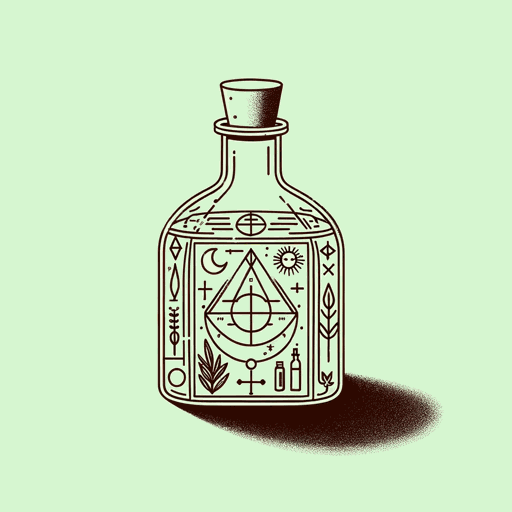50 pages • 1 hour read
Zora Neale HurstonMules and Men
Nonfiction | Anthology/Varied Collection | Adult | Published in 1935A modern alternative to SparkNotes and CliffsNotes, SuperSummary offers high-quality Study Guides with detailed chapter summaries and analysis of major themes, characters, and more.
Part 2, Chapters 1-7Chapter Summaries & Analyses
Part 2: “Hoodoo”
Part 2, Chapter 1 Summary
This chapter offers a short demystification of Hoodoo as a religious and spiritual practice. As Hurston clarifies, Hoodoo is the same as Voodoo, the latter being the preferred term in white communities. Hoodoo involves implementing a broad scope of practices and beliefs, ranging from herbal medicine to spiritual conjuring. It is directly related to the spiritual and religious beliefs of various ethnic groups from West Africa, the Caribbean, and the American South. It can be difficult to describe one uniform system of beliefs or practices in Hoodoo because “it adapts itself like Christianity to its locale” (183), merging core values and rituals to regional norms. Furthermore, “because the worship [of hoodoo] is bound in secrecy” (185), many components are hidden from the public. Hurston outlines the emergence of Hoodoo through the biblical history involving Moses, who receives the Ten Commandments in the Old Testament; Jethro, Moses’s father-in-law; and the Queen of Sheba, who brings gifts to the Israeli King Solomon. According to these origins, “Jethro was a great hoodoo man” who taught Moses how to understand and use the word of God to succeed (184). Long after Moses and Jethro lived, the Queen of Sheba taught King Solomon wisdom through hoodoo.
Related Titles
By Zora Neale Hurston

Barracoon: The Story of the Last "Black Cargo"
Zora Neale Hurston

Drenched in Light
Zora Neale Hurston

Dust Tracks on a Road
Zora Neale Hurston

Hitting a Straight Lick with a Crooked Stick
Zora Neale Hurston

How It Feels To Be Colored Me
Zora Neale Hurston

Jonah's Gourd Vine
Zora Neale Hurston

Moses, Man of the Mountain
Zora Neale Hurston

Mule Bone: A Comedy of Negro Life
Langston Hughes, Zora Neale Hurston

Seraph on the Suwanee
Zora Neale Hurston

Spunk
Zora Neale Hurston

Sweat
Zora Neale Hurston

Tell My Horse: Voodoo and Life in Haiti and Jamaica
Zora Neale Hurston

The Eatonville Anthology
Zora Neale Hurston

The Gilded Six-Bits
Zora Neale Hurston

Their Eyes Were Watching God
Zora Neale Hurston

